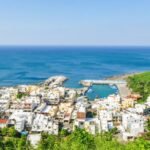Introduction to Cologne:
Cologne, the fourth largest city in Germany, sits on the banks of the Rhine River and is a cultural and historical hub of the region. This city is both ancient and elegant, yet vibrant and modern. It was established by the Romans in ancient times and flourished during the Middle Ages. Cologne boasts numerous historic sites and stunning scenery, with its magnificent cathedral being an undeniable treasure.
Personal Impression:
Cologne is famous for its lively carnival, so you’d expect it to be a city full of exuberance. However, it has a traditional German charm. The towering Gothic cathedral adds a rich religious vibe, while being the birthplace of cologne gives it an unexpected romantic twist. Plus, the sweet scent of chocolate wafts through the streets, bringing a playful energy to the city. With its diverse charm and ever-changing character, how could anyone not be captivated by Cologne?
Best Time to Visit:
The ideal time to visit Cologne is from May to August when the weather is pleasant and perfect for exploring. February is also a peak time for the Cologne Carnival, so joining the festive crowds then lets you experience the carnival’s unique charm.
Packing Tips:
Cologne’s summers are comfortable, with average temperatures around 25°C (77°F). It’s best to wear short-sleeve shirts, shorts, or dresses, but since rain and temperature swings can occur, be sure to pack a light jacket and long pants. Winters can be snowy and chilly, so bring warm coats and down jackets.
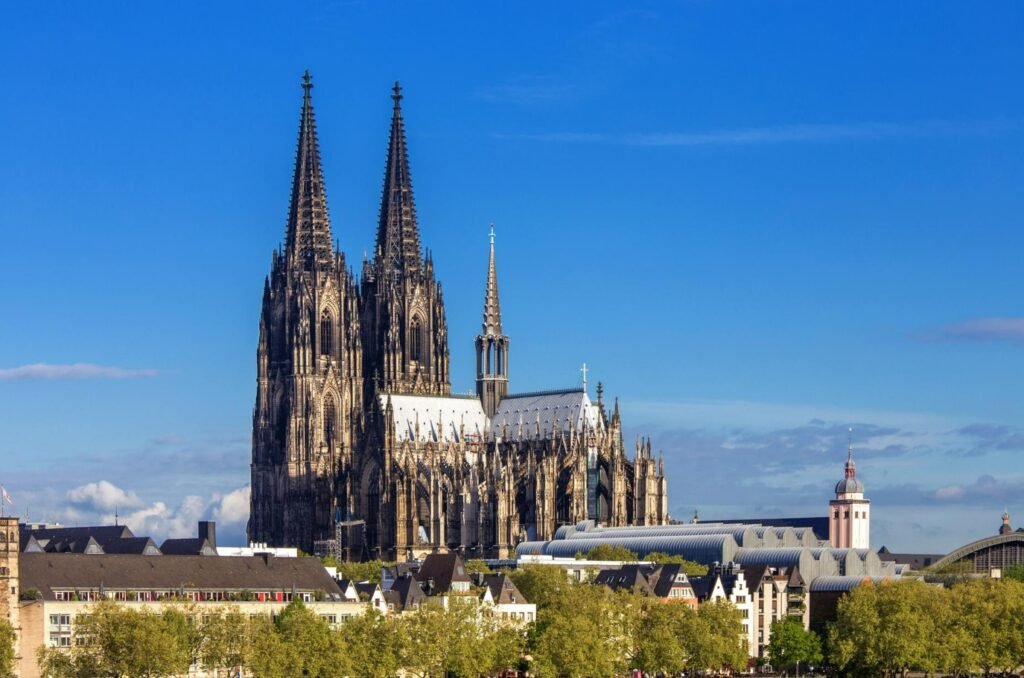
Attractions:
Most of Cologne’s attractions are concentrated around the central train station and the cathedral, making it easy to walk between major churches and museums. While many travelers spend just a day in Cologne, if you have extra time, consider an additional day to visit the nearby UNESCO World Heritage site of Brühl.
Cologne Cathedral:
The iconic Cologne Cathedral is located in the city center. This Catholic cathedral is a masterpiece of Gothic architecture and was designated a UNESCO World Heritage site in 1996. Beyond its architectural and artistic significance, it symbolizes the authority of Christianity in Europe. Construction took over 600 years and restoration is ongoing. The cathedral’s towering spires reach towards the heavens, representing humanity’s desire to connect with the divine. Inside, you’ll find numerous precious artworks and artifacts, including thousands of design sketches. The gilded shrine houses the bones of the Three Wise Men, making Cologne an important pilgrimage destination.
Standing in awe of Cologne Cathedral leaves you speechless. The twin spires stretch straight into the sky, and like all great Gothic cathedrals, its massive stone structure sprawls on the ground while the towers seem poised to take flight. The intricate wall decorations cling to the exterior, further highlighting the cathedral’s soaring presence.
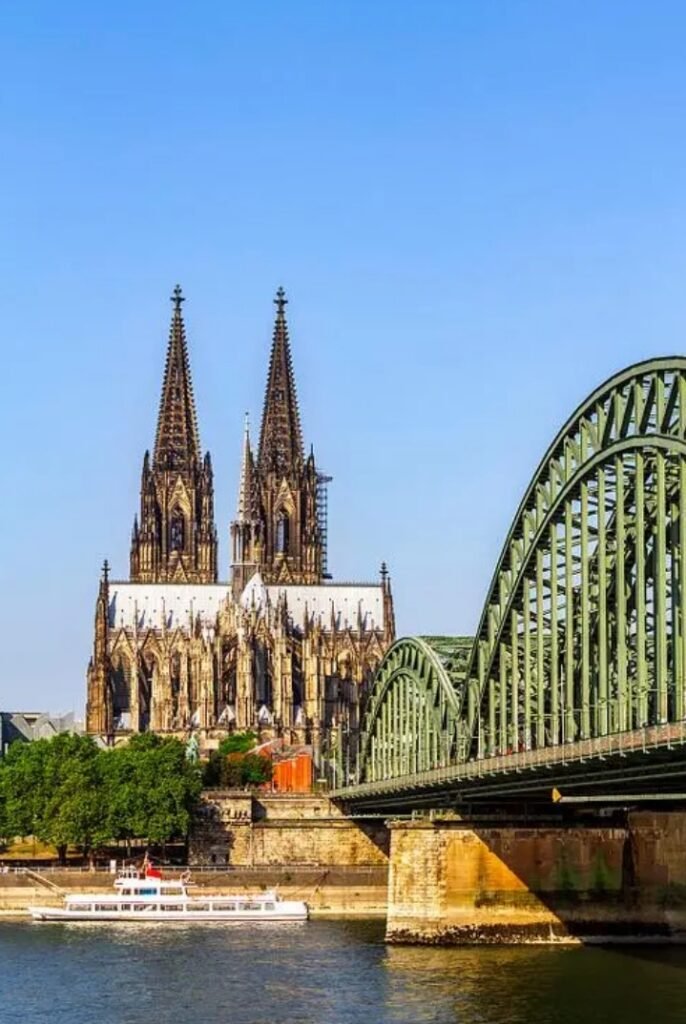
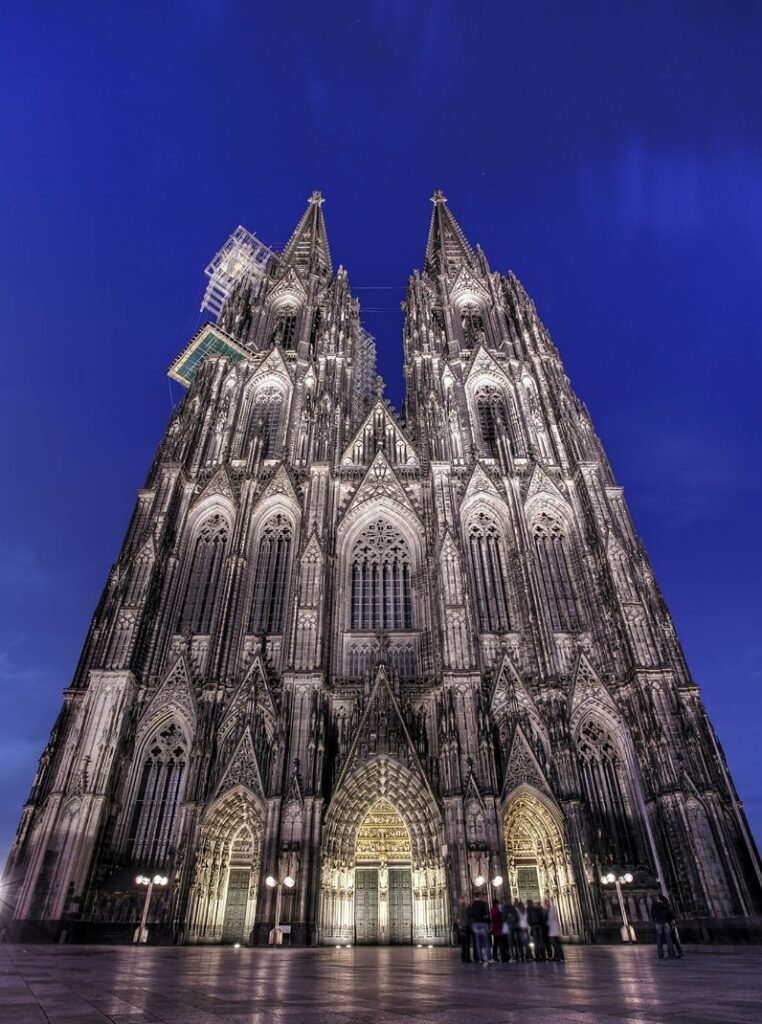

Chocolate Museum:
The Chocolate Museum features two main sections. The first part explores the history of chocolate, including cocoa cultivation and early chocolate-making equipment. The second part is a small chocolate factory that showcases the modern processes involved in chocolate production. Visitors can learn about how chocolate is made and enjoy the sweet delight of a chocolate fountain.
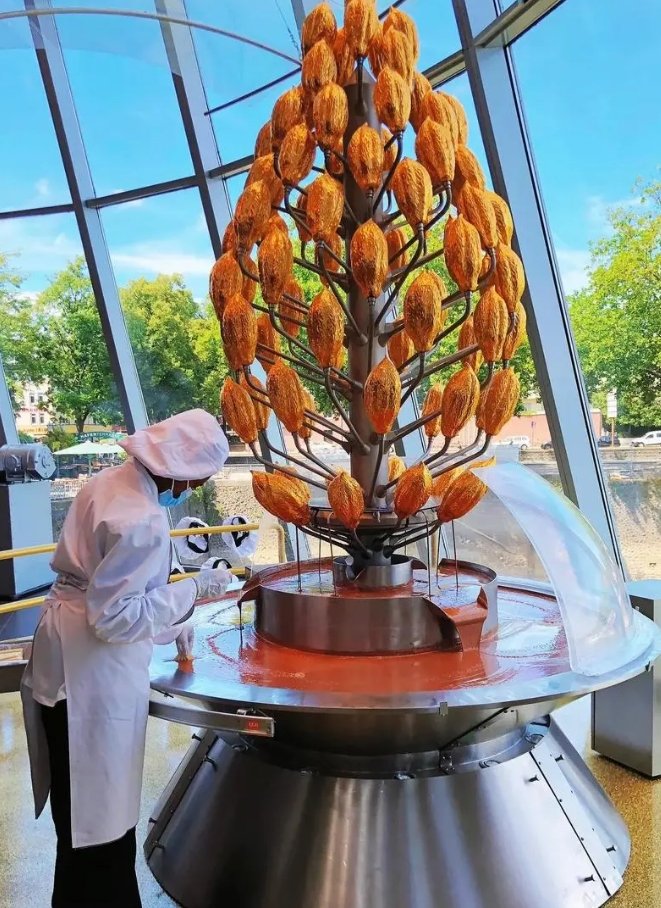
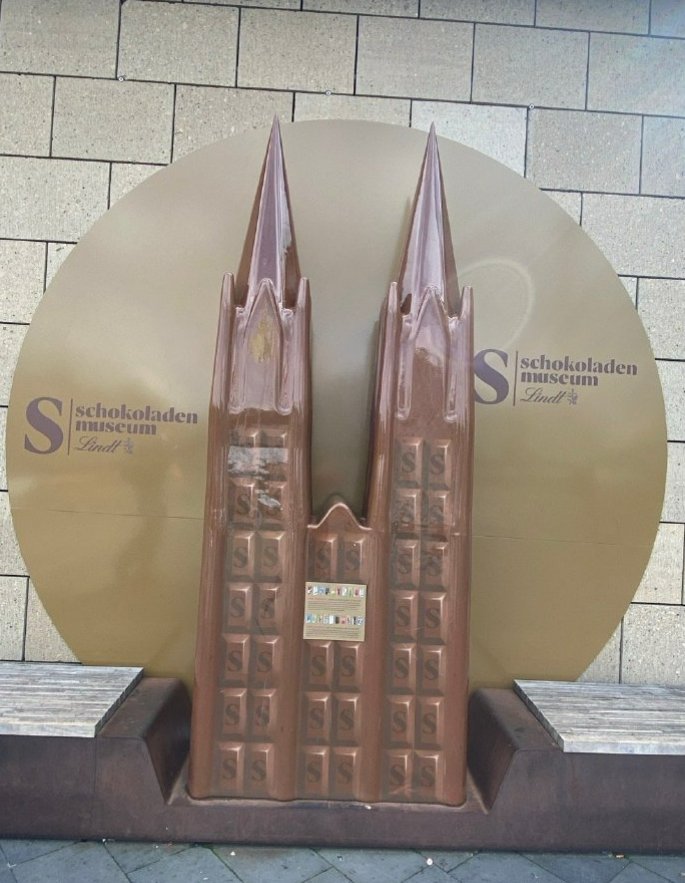
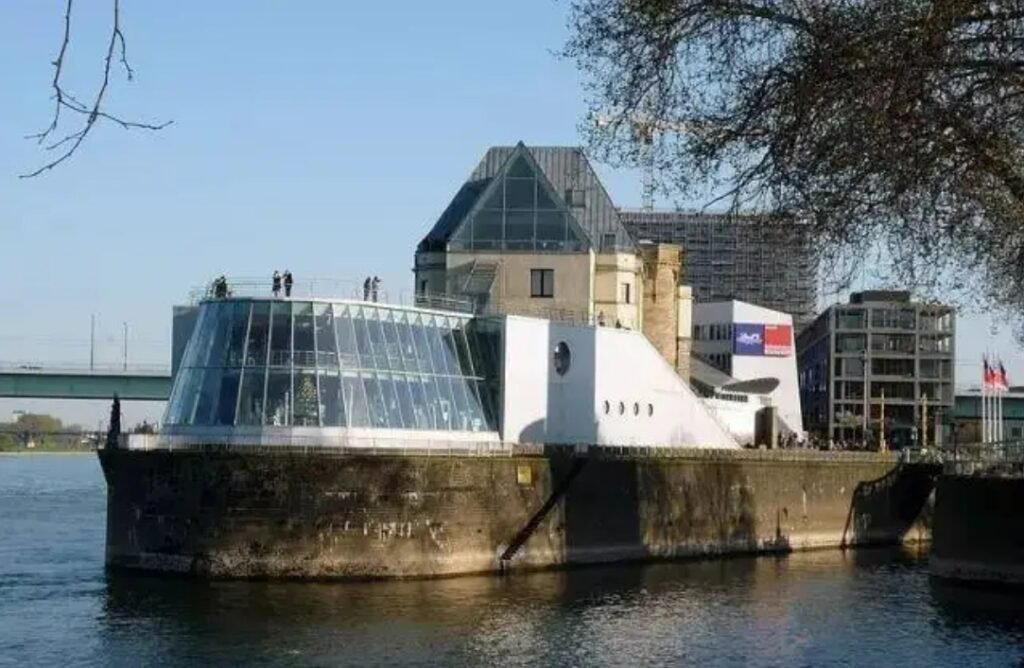
Ludwig Museum:
Located near Cologne Cathedral, the Ludwig Museum is a hub for contemporary art, boasting a comprehensive collection of postmodern works from the 20th century. It houses one of the largest collections of Picasso’s works, surpassed only by the Picasso Museums in Paris and Spain. The museum also features a photography museum within the same building, showcasing photographs from the last century and a half. It’s the largest historical image and camera museum in the world, making it a must-visit for photography enthusiasts.
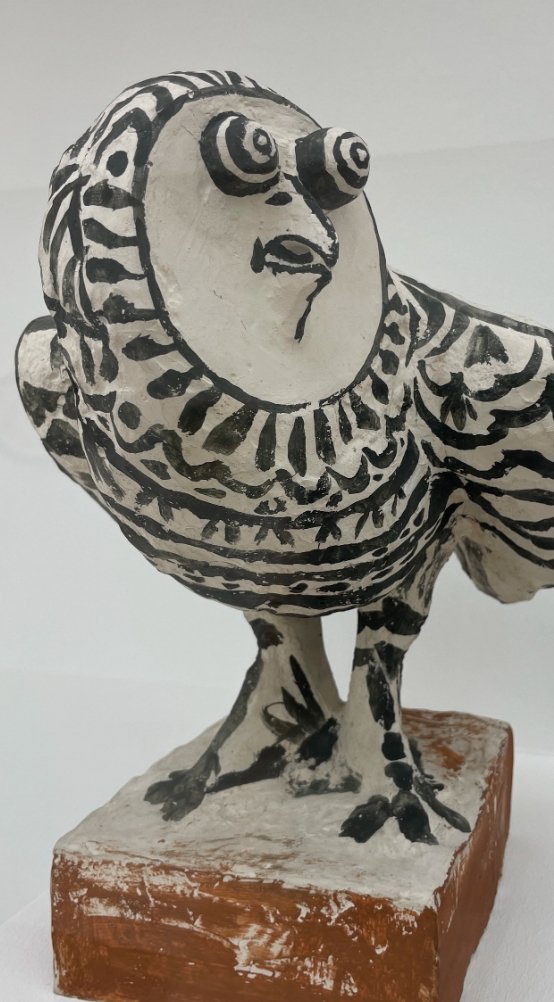
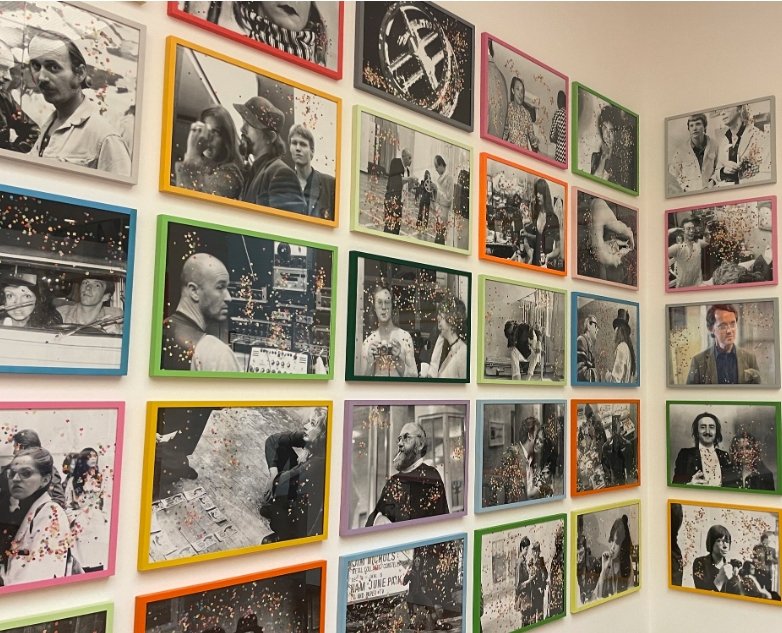
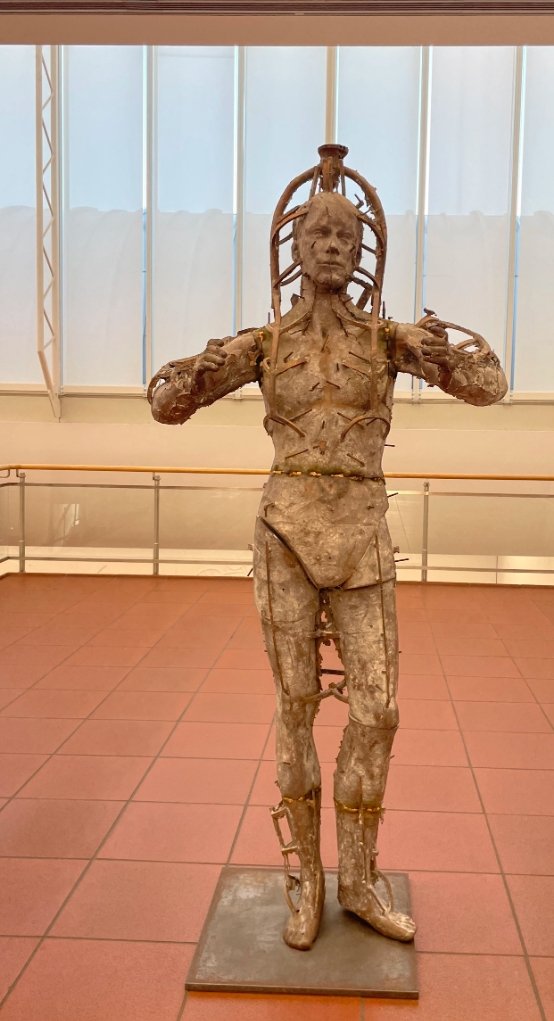
Roman-Germanic Museum:
Established in 1974, the Roman-Germanic Museum serves as a research center, archaeological archive for Cologne, and a public collection. The entire building is centered around a stunning mosaic floor depicting a wine god. The museum’s highlights include artifacts from the Roman era and early medieval period, providing deep insights into various aspects of life for the ancient Romans.
Hohenzollern Bridge:
Built in 1907, Hohenzollern Bridge spans the Rhine River and is one of the key hubs for Germany’s and Europe’s railway network. It consists of three parallel railway bridges, along with pathways for pedestrians and cyclists. Since 2008, a romantic trend has taken hold, leading to the bridge being covered with love locks, making it a popular spot in Cologne.
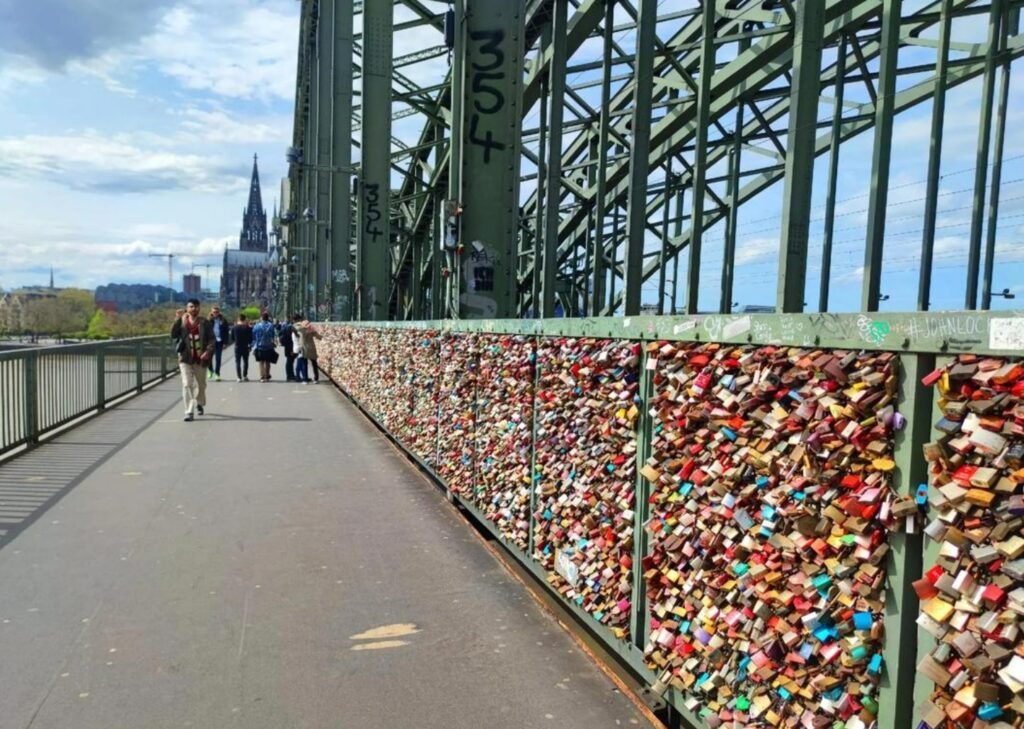
St. Martin’s Church:
Situated along the Rhine River, St. Martin’s Church is a Roman Catholic church with roots dating back to the 1st century. By the 15th century, it took on its current form. After being largely destroyed by disasters and warfare, the church we see today is the result of 19th-century restorations. While the exterior has been restored, the interior maintains its weathered charm, and the crypt still contains remnants of Roman-era architecture from the 1st to 2nd centuries.
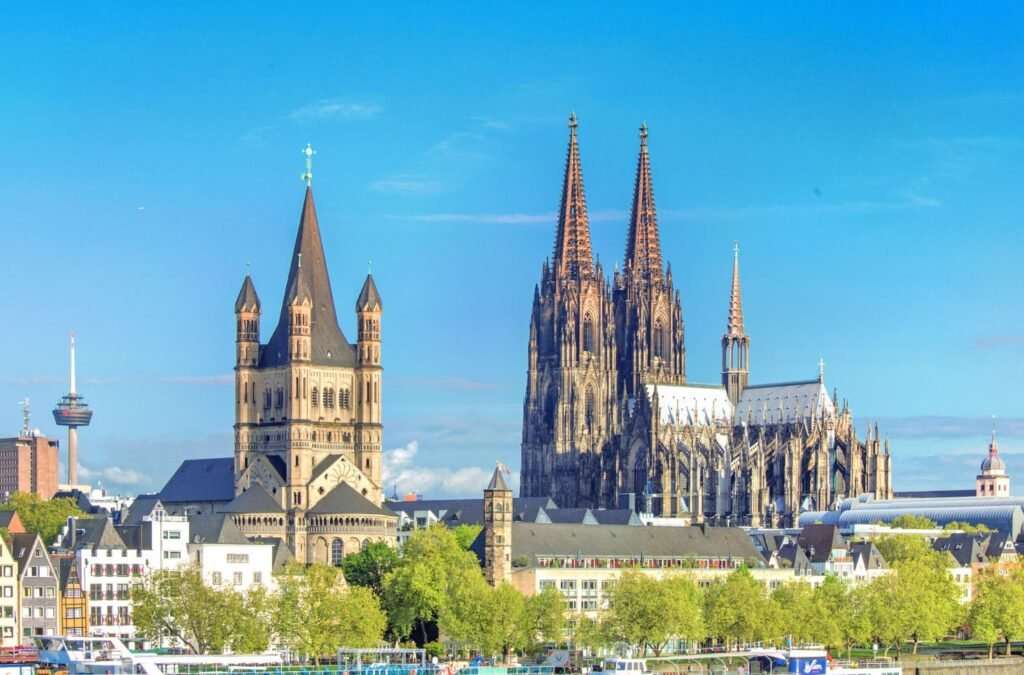
Brühl:
Nestled between Cologne and Bonn, the charming town of Brühl boasts some of the most beautiful residential areas and was designated a UNESCO World Heritage site in 1984. Its most famous landmark is Augustusburg Palace, an 18th-century Baroque masterpiece. The palace is a stunning example of Rococo architecture, featuring elegant design and remarkable craftsmanship that leaves visitors in awe.
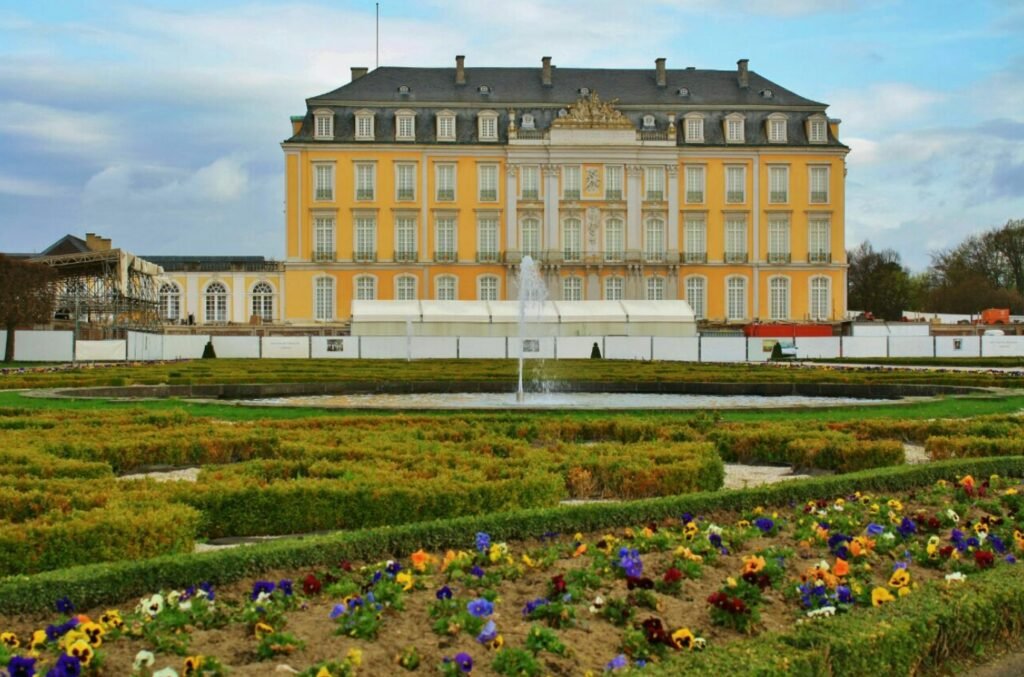
Accommodation Guide:
Cologne’s tourism industry is thriving, offering a wide range of accommodations to meet various traveler needs. Whether you prefer luxury hotels by the Rhine River, budget-friendly options in the city center, or unique inns in the suburbs, you’re sure to find something that suits you. The Station Hostel for Backpackers, located right in the heart of Cologne, is an excellent choice, with Cologne Cathedral, museums, and shopping streets just a short walk away.
Food Guide:
Cologne boasts numerous traditional restaurants that are perfect for visitors. In the local dining scene, breweries play a particularly unique role. Many beer halls have evolved from places that only served beer to important dining establishments in Cologne. Some of the signature dishes to try include roast pork knuckle, pig’s feet, vinegar-braised beef, and potato pancakes.
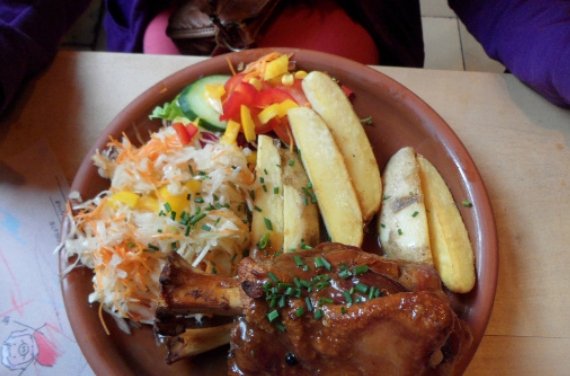
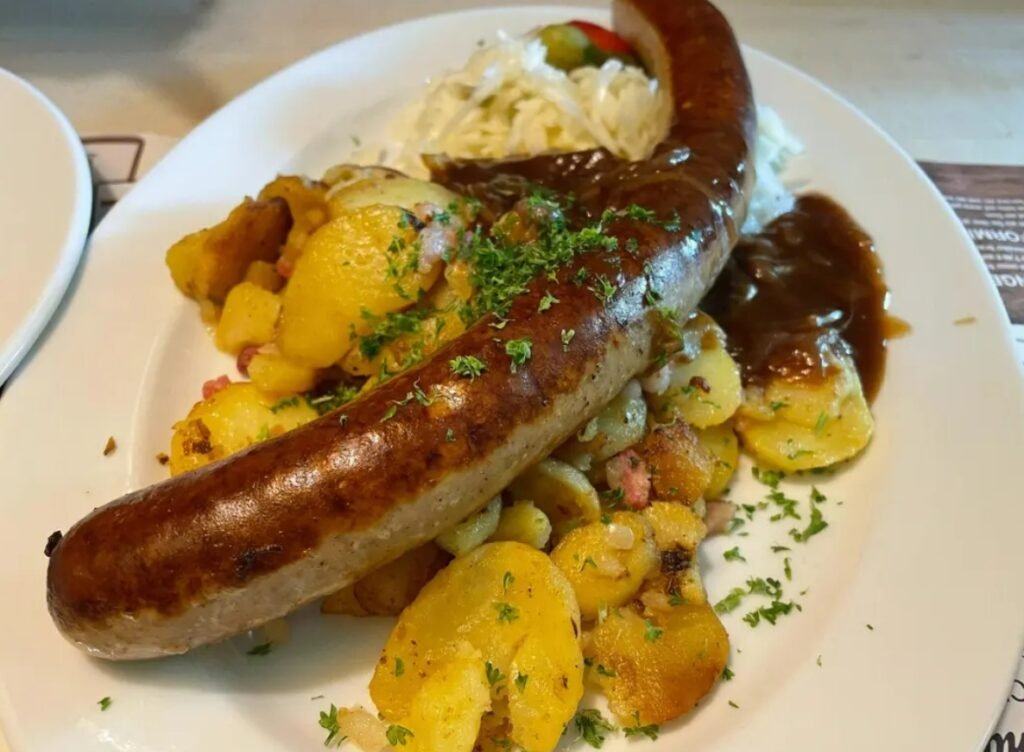
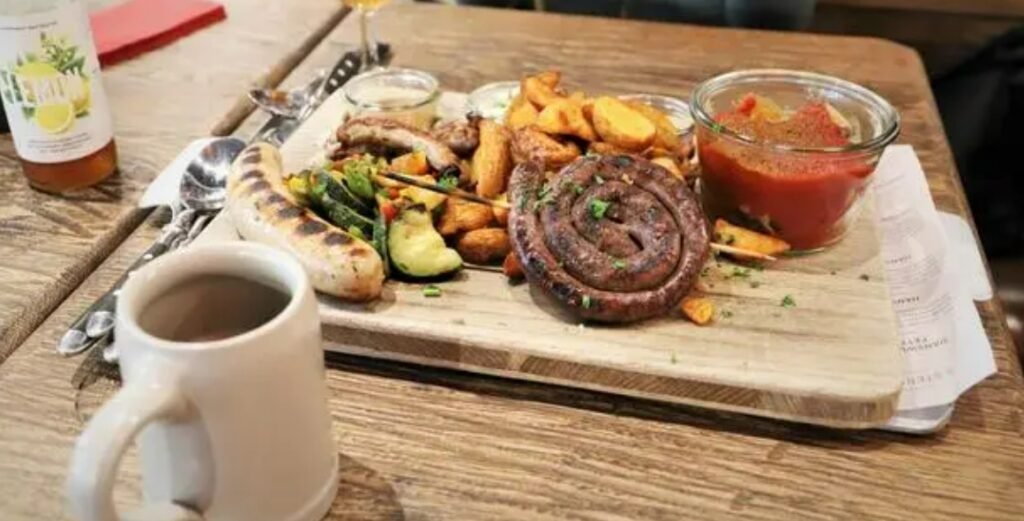
Itinerary Guide: One Day in Cologne
Suggested Route:
Cologne Cathedral → Roman-Germanic Museum → Ludwig Museum → Chocolate Museum → Shopping Pedestrian Street
Itinerary Details:
Cologne’s major attractions are close together, making it easy to explore on foot. Start your morning at Cologne Cathedral, where you can climb the tower for stunning views of the city. If time allows, visit the Roman-Germanic Museum and the Ludwig Museum located just south of the cathedral square. For lunch, enjoy a meal in the pedestrian street or head back to a famous beer hall at the cathedral square to sample local brews and dishes. In the afternoon, stroll south along the Rhine River to the Chocolate Museum. After indulging in sweet treats and sights, wrap up your day by shopping for souvenirs on the pedestrian street.


